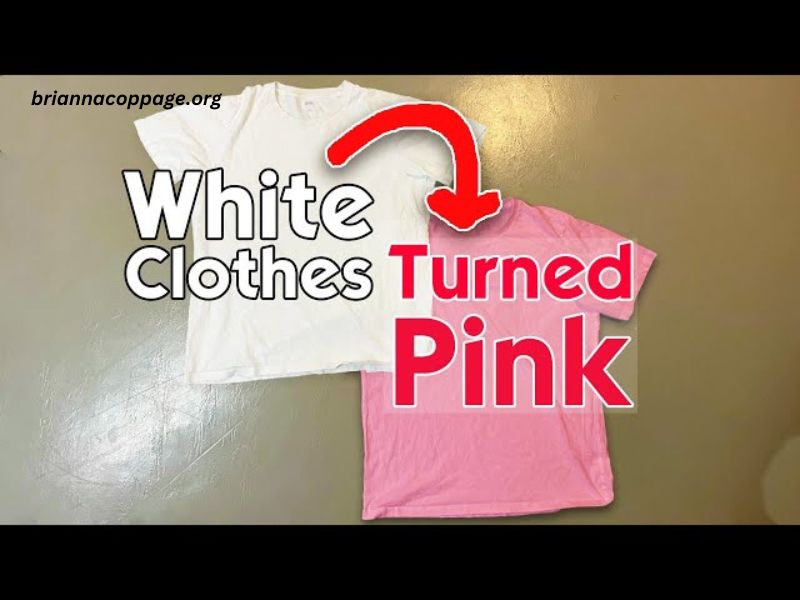A white kite is a classic, timeless symbol of freedom and joy, flying high in the open sky. Whether you’re soaring a kite for fun on a sunny afternoon or preparing for a kite festival, there’s nothing quite like the beauty of a kite swaying in the wind. However, you might have noticed something perplexing—your once white kite has taken on a pinkish hue. This sudden change in color can leave you wondering, “Why does my white kite look pink?” Let’s explore the possible reasons behind this curious transformation and understand what might be causing this color change.
1. The Science of White and Light
Before diving into the specific causes, it’s important to understand some basic concepts about how light interacts with colors. When an object appears white, it means that it is reflecting nearly all the wavelengths of visible light. White is essentially a combination of all the colors of the rainbow. So, when light hits a white object, it reflects all those colors back to your eyes, making it appear white.
How ever, things can change depending on the conditions surrounding the object. The white kite you’re flying might look pink due to the way certain environmental factors alter the light reflecting off it. Let’s break down the reasons for this.
2. Environmental Factors: Light and Atmosphere
The angle of sunlight and environmental conditions can greatly influence the colors you perceive on an object. In some cases, the surrounding atmosphere, weather, and lighting can cause a white object, like your kite, to reflect a pinkish or reddish tone. Here are a few potential environmental explanations:
A. Sunset and Sunrise Light
During sunset or sunrise, the sunlight takes a longer path through the atmosphere, which scatters shorter wavelengths of light (like blue and violet) and allows longer wavelengths (such as reds and pinks) to dominate. This phenomenon is called “Rayleigh scattering.” As the kite is exposed to this warm light, the white surface may take on a subtle pink, red, or orange hue.
If you’ve ever noticed the sky turning shades of pink, purple, and red at dusk or dawn, the same scattering effect could cause your white kite to appear pink as well, especially if you’re flying it during these times.
B. Pollution or Dust in the Air
The air quality can also play a significant role in the appearance of your kite. Pollutants, such as dust particles or even smog, scatter sunlight in different ways. The presence of particles like dust, smoke, or pollution in the air could result in a more pinkish hue when the light passes through them. This is more likely to occur in areas with high pollution or on days with low air quality.
C. Cloud Coverage or Hazy Days
If there is a thin veil of clouds or a haze in the sky, the sunlight will be diffused. This creates a softer, more diffused light, and it could alter the way your white kite appears. A cloudy or hazy day may lead to the reflection of more warm tones like pinks or reds instead of the cooler white light you would see under a clear sky.
3. Kite Material and Fabric Quality
The material of your kite can also affect how it interacts with light, which could result in it looking pink rather than white. Most kites are made from fabrics such as polyester, nylon, or paper. These materials can be treated with dyes, coatings, or chemicals to enhance their durability or water resistance. Sometimes, these coatings or dyes can change the way light interacts with the kite’s surface.
A. UV-Resistant Coatings
Many modern kites are treated with UV-resistant coatings to prevent them from degrading under the sun’s harsh rays. While this is beneficial for preserving the kite’s quality, certain coatings or finishes may cause the kite to reflect more red or pink tones, especially if they’re designed to block UV rays. These coatings could give the appearance of a pinkish hue when the kite is under direct sunlight.
B. Fabric Dye or Treatment
Even if your kite was originally pure white, over time, the fabric could be affected by factors like exposure to the sun, sweat, or oils from your hands. Some kites, especially those made with less expensive or untreated materials, might absorb these substances and slowly change color. The white fabric could absorb pigments from pollutants or oils and gradually shift in hue, creating a pinkish tint.
C. Ageing and Weathering
Another possible factor is that the kite’s fabric has aged or weathered. If the kite has been exposed to the elements for a long time, it might start to develop a pinkish tint due to the breakdown of materials. The ultraviolet (UV) rays from the sun can degrade the chemical bonds in the fabric, leading to discoloration over time. This is especially true for older kites or those that have been left out in the sun for extended periods.
4. Optical Effects and Perception
It’s not just about the kite itself—sometimes, the way we perceive colors is influenced by optical effects. Your kite could look pink simply because of how your eyes process light in a given environment.
A. Reflection of Surrounding Objects
If the kite is being flown in an area with a lot of pink or red hues, such as near a sunset or close to pink buildings, the surrounding colors could reflect onto the kite. This effect could cause it to take on a pinkish tint. Similarly, if you’re flying the kite near large bodies of water or fields with pink flowers, the color might bounce off the surface and reflect onto your kite.
B. Visual Fatigue or Afterimages
Sometimes, after staring at bright lights or objects for a long time, your eyes might experience visual fatigue. This can result in afterimages, which are temporary visual effects that appear after looking away from an object. If you’ve been flying your kite on a very sunny day, the strong light could cause an afterimage effect, making the white kite appear to have a pinkish tone temporarily.
5. Color Vision Abnormalities
In some rare cases, the color change could be a result of a vision abnormality. Some people experience conditions like color blindness or other visual impairments that affect their ability to perceive certain colors. If you consistently see your kite as pink, but others see it as white, it might be worth consulting an optometrist to ensure that your color perception is functioning properly.
6. The Effect of Camera Lenses
If you’re taking pictures or videos of your kite, you may also notice that the color changes when captured on camera. Cameras often have lenses that alter how they capture colors, especially in bright light or certain weather conditions. If you’re snapping photos during the golden hour (sunset or sunrise), the lens may exaggerate the warm tones and make your white kite look pink. Similarly, if you’re using filters or post-editing software, the colors might be altered to enhance the visual appeal.
Conclusion
In conclusion, there are several factors that could cause your white kite to appear pink. The most common reasons include environmental factors such as sunset or sunrise light, pollution, and haze. Additionally, the material of the kite, especially UV-resistant coatings or aging fabric, can cause discoloration. Optical effects, like reflections from surrounding objects or visual fatigue, may also play a role. Finally, if you’re capturing the kite on camera, the lighting or lens effects can change the perceived color.
Ultimately, the reason why your white kite looks pink is likely a combination of these factors. While it may seem like a strange or unsettling phenomenon, rest assured that it is a natural occurrence due to the way light interacts with both the atmosphere and the materials around you. So, next time you see your white kite turning pink, you can confidently understand the science behind the magical shift in color!






